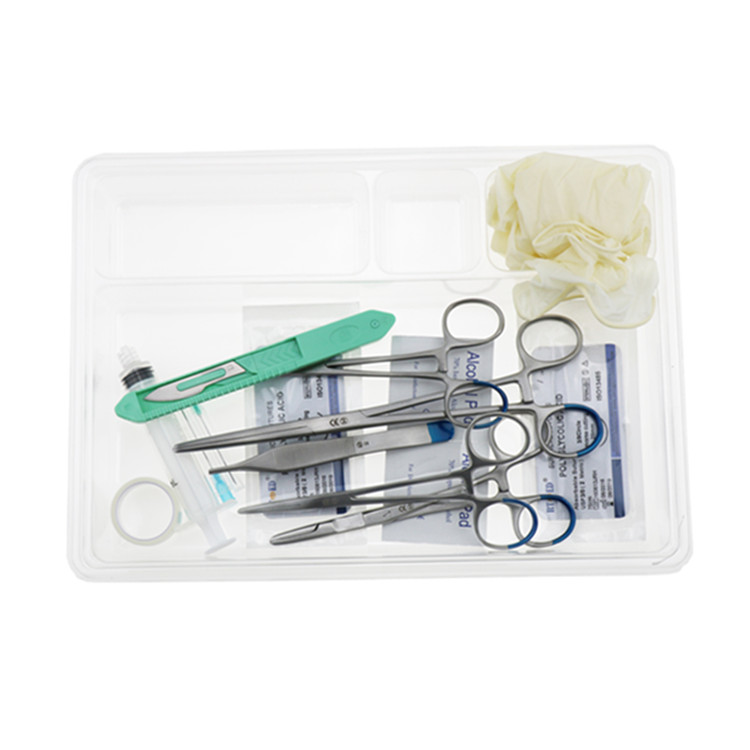What is Circumcision Surgery?
Circumcision surgery is an essential procedure that can be carried out by a variety of practitioners, such as pediatricians, obstetricians and urologists. Before any action takes place during the procedure, valid consent must be obtained from the intended recipient.
Circumcision surgery is generally safe and painless, though there may be some potential complications such as infection, swelling and bleeding.
What is Circumcision?
Circumcision Melbourne is a surgical procedure to remove the foreskin, or fold of skin that covers the rounded tip of the penis. It may be performed to treat health conditions like phimosis (lichen sclerosis) and balanitis, or for non-medical reasons like parental preference.
The Centers for Disease Control and Prevention (CDC) strongly suggests male circumcision to reduce the risk of sexually transmitted diseases like HIV. It may also be beneficial in treating recurrent urinary tract infections as well as conditions like pathological phimosis, balanitis, and paraphimosis.
During the operation, the doctor will use a clamp to pull away the foreskin from the head of the penis. They then wrap it with loose gauze dressing or plastic ring for protection and healing.
After surgery, your child should receive regular exams of their penis from a healthcare provider. The doctor can also give you advice about caring for it properly, such as keeping it clean and applying petroleum jelly to the head of the penis.
Preparation for Circumcision
Circumcision is a commonly performed procedure on male newborns and adults for various reasons, such as health or social reasons.
Before performing a circumcision, your healthcare provider may administer numbing medicine at the base of the penis to numb the area and reduce pain during the procedure. These drugs can be given intravenously or applied topically as topical cream.
The healthcare provider will then make an incision and cut away the foreskin from the head of the penis (Picture 1). They will apply antibiotic ointment or petroleum jelly to the wound before covering it with protective gauze.
Adult circumcisions are typically performed by urologists, though family physicians in rural or isolated areas with the necessary training might also offer the procedure. They should make appropriate referrals and educate their patients about all aspects of adult circumcision – including its medical indications, risks, benefits and aftercare instructions such as how to clean and protect the newly circumcised penis.
Procedure
Circumcision is a surgical procedure in which an external layer of skin, known as the foreskin, is taken off from around the head (glans) of a baby’s penis. This can be performed within the first 10 days of life by either a medical professional or family physician.
Some people may find that circumcision can prevent painful conditions of the foreskin. Phmosis, which occurs when the skin becomes too tight, and balanoposthitis–inflammation of both the foreskin and head of penis–are two examples.
Circumcision may be necessary in severe cases to relieve symptoms and prevent them from returning. Other possible complications of circumcision include excessive bleeding, which can be controlled with pressure or an absorbable gelatin sponge product such as Gelfoam.
Circumcision is a safe procedure that involves making a small incision near the base of the penis. After extracting the foreskin, doctors close this opening with dissolvable stitches for closure. Most children find this procedure to be safe.
Post-Operative Care
Circumcision surgery is a delicate operation that must be handled with the utmost care both during and after the procedure. This includes abstaining from rough or vigorous activities, avoiding sexual stimulation or other genital stimuli, as well as giving yourself plenty of time for healing to take place.
Circumcision can often result in bleeding. Bleeding may range from mild to severe and could potentially lead to infection of the glans penis. If bleeding does occur, contact your doctor promptly for medical assistance.
Circumcision may cause some blood-tinged drainage from the site of circumcision, which should clear up within a week. Your son should soak for 5 to 10 minutes twice daily in a tub of warm water without soap or bubble bath for one week after his procedure.
Common medications prescribed for pain management post-circumcision include dorsal penile block, caudal epidural block, subcutaneous ring block and intravenous paracetamol or tramadol HCl. Unfortunately, not all these methods work for everyone – so it’s essential to select the one most suitable for your patient’s individual needs.

